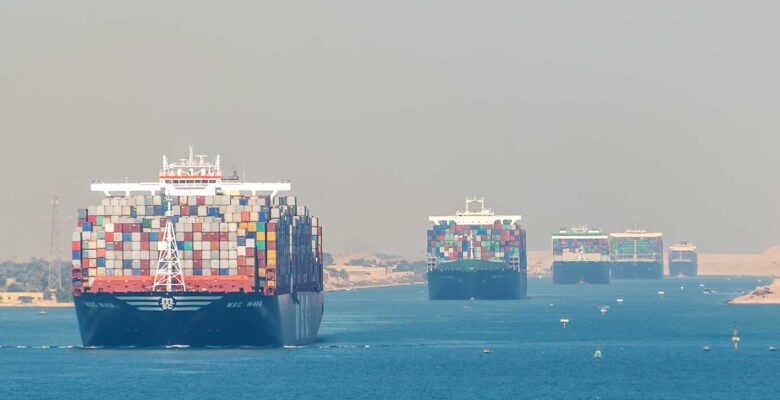
Shipping line rates update
In early July we reported how Maersk took the market by surprise with an FAK spot rate increase on its Asia-North Europe and Mediterranean services, with other carriers quick to follow their lead and while it remains to be seen how successful their increase will be, rising US imports from Asia have seen trans-Pacific GRIs stick in recent months.
It is clear that Maersk, and the shipping lines that followed their lead, are hoping they will benefit from increased buying should a peak season emerge, and that efforts to remove capacity, will be enough to address weakness in demand and the steady influx of new container ships hitting the market through 2024.
However, industry analysts are questioning whether the lines are withdrawing sufficient capacity, suggesting that the lack of sufficient capacity management is behind the Asia-Europe rate weakness.
They are anticipating substantial increases in blank sailings on all three east-west trades in the coming months, particularly as Asia-Europe blanked sailings are at a two-year low this summer.
Of the total capacity available on routes from Asia to North Europe and the Mediterranean, 9% was cancelled in July, with 6.5% scheduled to be blanked in August and 2.5% in September, with 2.5 million teus of new container ship capacity due to be delivered before the end of this year.
Rates from Asia into North Europe rates essentially flatlined compared to last week, while rates into the Mediterranean dropped an additional 2%.
It should be noted that the Med rates still carry a considerable premium compared to North Europe, which remains 8% below pre-pandemic levels whereas Med are still 39% higher than pre-pandemic.
The trans-Atlantic market continues it rapid transformation from high-flyer to couch-potato, as Atlantic headhaul rates, that were 36% above pre-pandemic levels four weeks ago, not site -31% below pre-pandemic levels, with rates dropping 50% in just four weeks.
On the trans-Pacific trades, it’s looking likely that the container shipping lines will have achieved their rate restoration objectives, even as they enter a peak shipping season that is likely to be quiet compared with last year.
After four months of rising imports from Asia to the United States, blank sailings and restricted Panama Canal volumes have reduced trans-Pacific capacity sufficiently to support three general rate increases (GRIs), which have pushed spot rates higher than contract rates.
The sea freight market is multi-layered and complex and actions by individual carriers or alliances can have a profound impact on services and the market’s competitive dynamics, which is why we work closely with our network partners in the US, China and across Asia, to adapt to changes and identify opportunities for our customers.
If you have any questions or concerns about the developments outlined in this story, please EMAIL Colin Redman now for the latest insights and intelligence.
